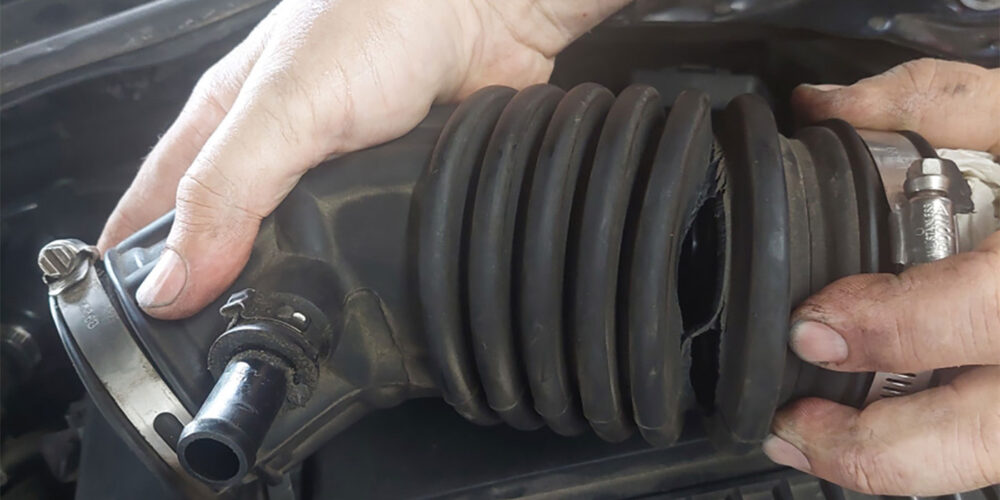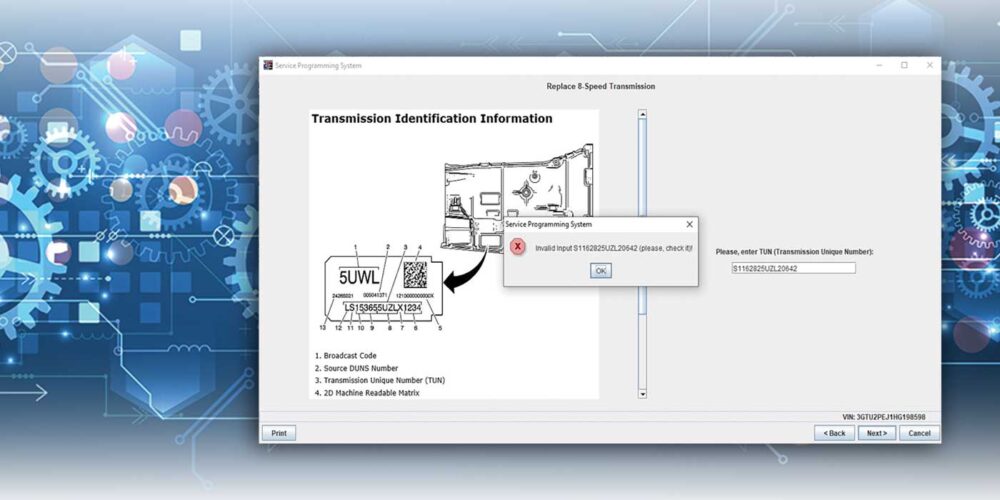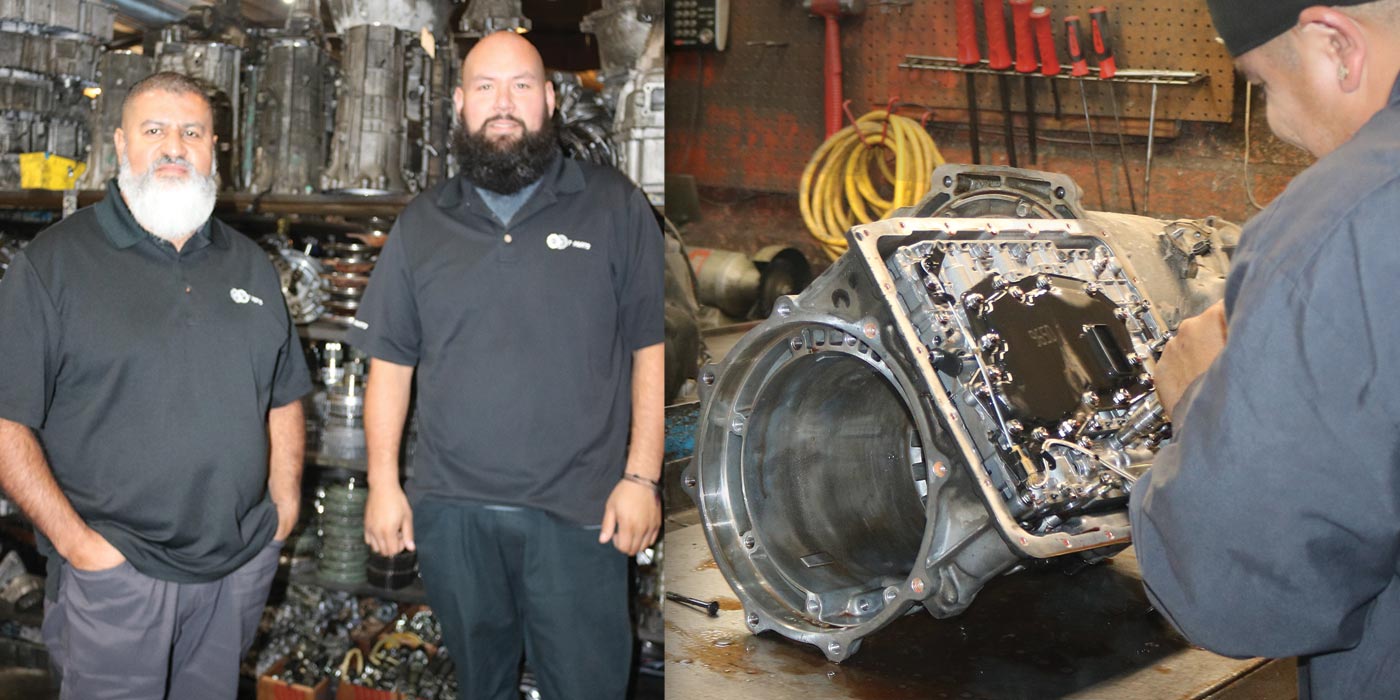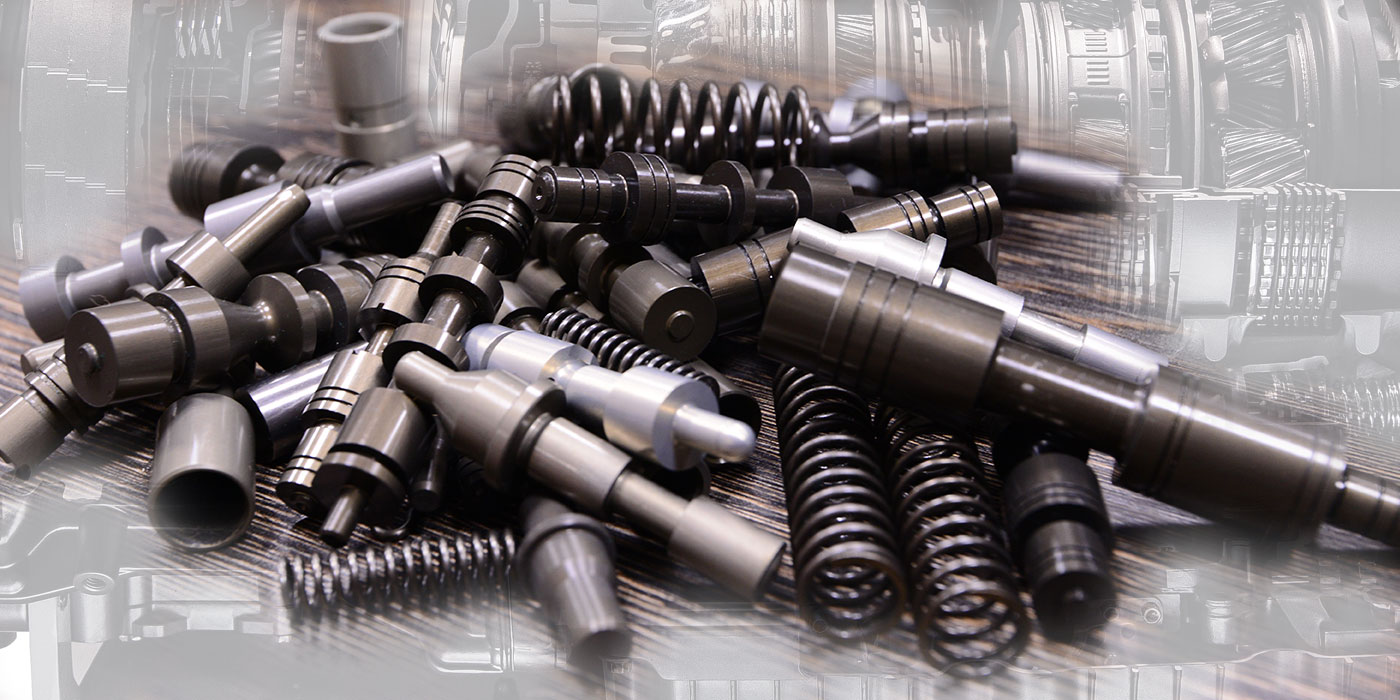Nissan vehicles using continuously variable transmissions (CVTs) are notorious for defaulting to a no throttle response when the vehicle is engaged into gear. There are several malfunctions that can cause this protective failsafe feature to be initiated. A brake switch (stop lamp switch) stuck on, a double-footed driver, blown or incorrect brake bulbs, and wheel speed sensor malfunctions are among the potential causes.
Some owners have described this as a “no move” condition thinking it’s a failed transmission. And it can also be falsely blamed if tail light grounds are compromised, or the lens has filled with water.
Danny at Bass Transmissions ran into another reason for this to occur. The cause could have been elusive, but Danny homed in on it quickly. The vehicle in this case was a 2008 Nissan Altima 3.5L using the RE0F09B CVT whose throttle, while in Park or Neutral, was working. But once in gear, at 20% throttle or more there was no throttle response. Below 20% throttle, he could ease into the throttle, and it would drive fine with the power it provides at that low percentage of opening.
After discovering this on a road test, Danny brought the vehicle back to the shop. He popped the hood and had his assistant brake torque the engine above 20% throttle to see if anything strange would reveal itself—and it did. As the engine rotated under load, it opened a crack between the ribs of the accordion air duct hose as seen in Figure 1, above.
When the throttle opening was less than 20%, the accordion would not expand enough to open this crack, allowing the throttle to function normally (see Figure 2).
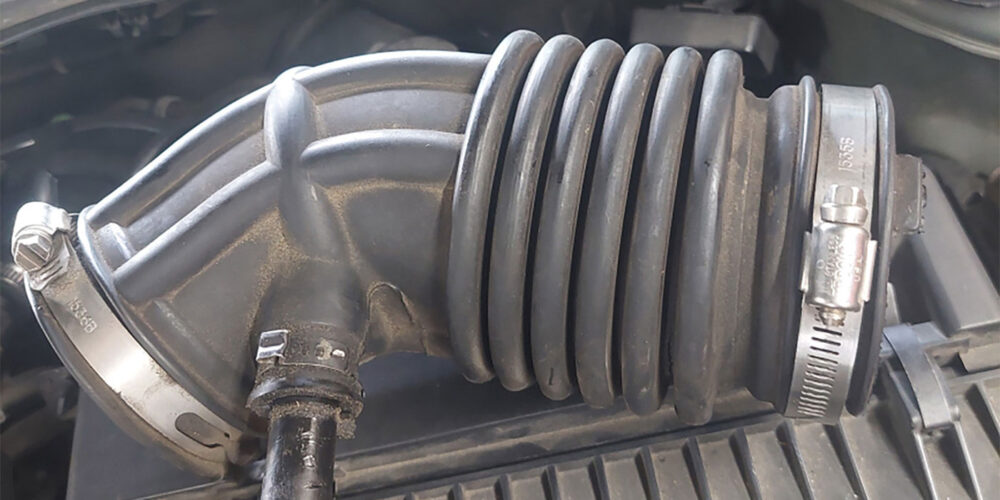
This leak coming in after the MAF sensor will negatively affect the air/fuel mixture, which the O2 sensor will pick up on. What can make this problem an elusive one to find is that a code was not set because of it, yet the computer chose to initiate the no throttle response in response to this unexpected air to fuel ratio.
The quality of the air/fuel mixture is essential for the efficiency of a three-way catalytic torque converter. With this malfunction, a throttle shut down would eliminate any possibility of an emission problem. Once Danny replaced the air duct assembly, throttle operation returned to normal.
I spoke to a good friend Jerry “G” Truglia to ask him why a P0420 or P0430 did not set, explaining that the throttle shut down. His response was that over time from a lean condition that is caused by pirated air, it can cause a P0420 or P0430. I have seen that many times. If the MAF is not measuring all the air, you would think that a P0101 MAF DTC code would set, but that is not always the case. Nissan has had problems with the MAF and has released a bulletin for reprogramming to fix the problem.
We perform a test that should be done on all vehicles with a MAF and rubber boot. The boot becomes dry and when motor mounts get weak or break, the boot displays a problem from over flexing. I always recommend brake loading in reverse and driving to make sure the MAF boot is not ripped. The O2—or in this case, an Air Fuel / Wide Range sensor—should read 1.4 volts at idle on a good running engine.
If the voltage is above 1.4 volts, the mixture is Lean—the opposite of an O2 sensor. If the voltage is under 1.4 volts, the sensor is seeing a Rich mixture. The vehicle uses a regular O2 for the rear sensor. Thanks for the added insight G!

